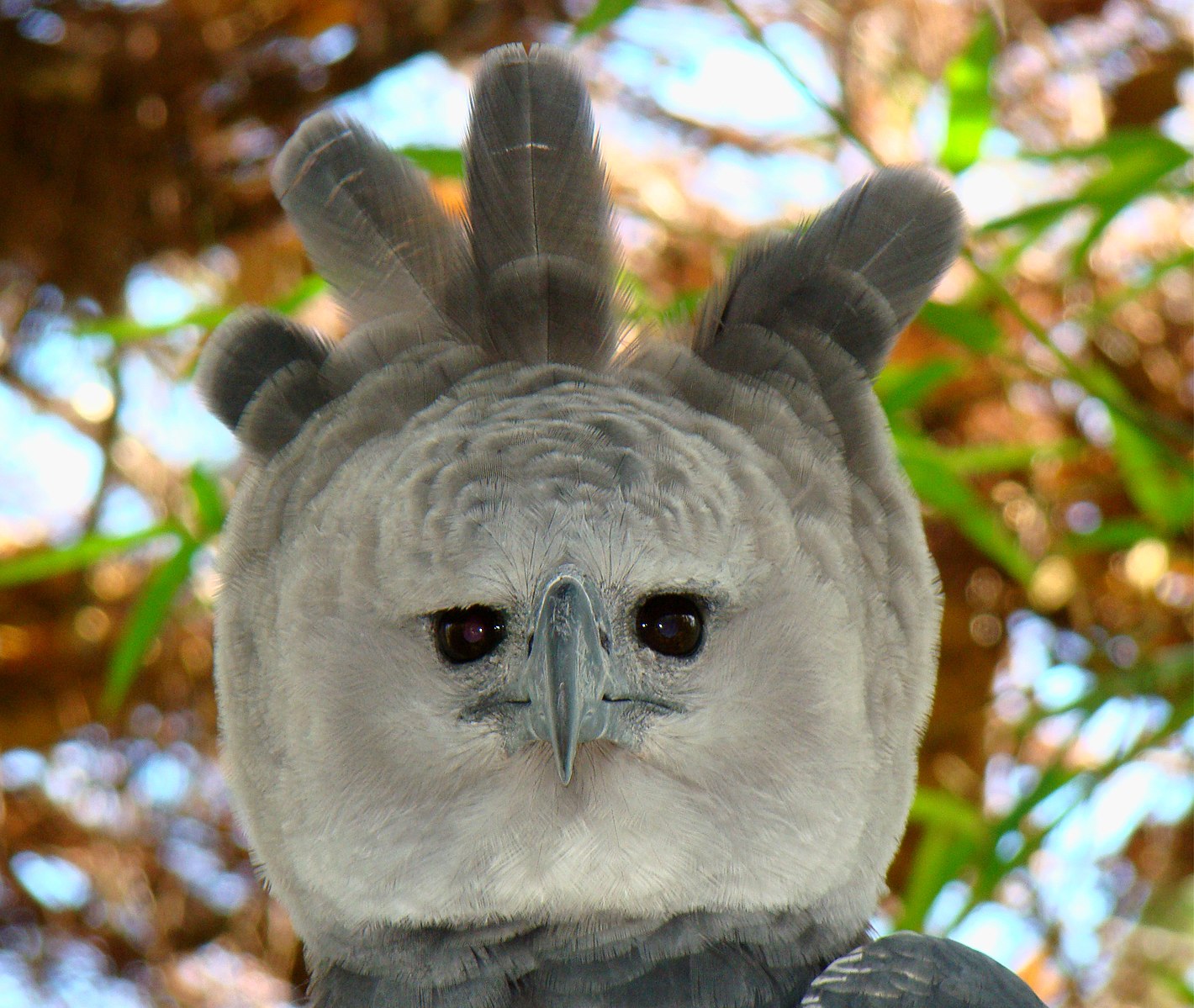Harpy eagles (Harpia harpyja) are large, neotropical birds of prey that primarily live in the rainforests of Central and South America. They are not adapted to survive in snowy environments, as their feathers and body are not insulated for cold weather, and they lack the physical adaptations needed to thrive in such conditions.
Harpy Eagles and Their Tropical Habitat
Harpy eagles are apex predators that have evolved to thrive in dense, thick-forested environments. They have relatively short wings that enable them to maneuver through their surroundings with ease. These birds primarily feed on tree-dwelling mammals like sloths, monkeys, and opossums, but they will also occasionally prey on other birds and reptiles.
The natural habitat of harpy eagles is the tropical and subtropical rainforests of Central and South America. They are found in countries such as Mexico, Guatemala, Belize, Honduras, Nicaragua, Costa Rica, Panama, Colombia, Venezuela, Guyana, Suriname, French Guiana, Ecuador, Peru, Bolivia, and Brazil. These regions are characterized by warm, humid, and wet conditions, which are vastly different from the cold, snowy environments found in other parts of the world.
Lack of Adaptations to Survive Snow
 Image source: Harpy Eagle by Bjørn Christian Tørrissen
Image source: Harpy Eagle by Bjørn Christian Tørrissen
Harpy eagles are not equipped to handle cold temperatures or snow. Their feathers and body are not insulated for such conditions, and they do not have the physical adaptations needed to survive in snowy environments.
Feather Insulation
Harpy eagles’ feathers are designed to provide insulation and protection in their tropical rainforest habitat, but they are not suitable for colder climates. The feathers are not as dense or thick as those of birds that live in cold regions, such as penguins or snowy owls. This lack of insulation would make it difficult for harpy eagles to maintain their body temperature in snowy conditions.
Lack of Adaptations
Harpy eagles do not have the physical adaptations that would allow them to thrive in snowy environments. For example, they do not have the large, broad feet or feathered legs that help other birds, like ptarmigans, walk on and move through snow. Additionally, harpy eagles do not have the ability to burrow or create shelters to protect themselves from the cold and snow.
No Recorded Instances of Survival in Snow
There are no known instances of harpy eagles surviving in snowy environments. These birds are found exclusively in tropical and subtropical rainforests, and they have never been observed living or thriving in areas with significant snowfall or cold temperatures.
The lack of adaptations and the absence of any recorded sightings of harpy eagles in snowy regions suggest that these birds would not be able to survive in such conditions. Their specialized adaptations and evolutionary history are tailored to the warm, humid, and wet environments of their native rainforest habitats.
Conservation Efforts and Threats
Harpy eagles are already facing threats to their survival due to habitat loss, deforestation, and human activities. The species is classified as Vulnerable on the IUCN Red List of Threatened Species, and conservation efforts are underway to protect these birds and their habitats.
Exposing harpy eagles to the additional stress of cold temperatures and snow would further jeopardize their already precarious situation. Without the necessary adaptations and the ability to thrive in such conditions, harpy eagles would be unlikely to survive in snowy environments.
In conclusion, harpy eagles are not adapted to survive in snowy conditions. Their feathers, body, and physical characteristics are tailored to the tropical rainforests they call home, and there are no recorded instances of these birds thriving in cold, snowy regions. Protecting the harpy eagle’s natural habitat and addressing the threats they face is crucial for the conservation of this majestic species.



